Anne Kyyrö Quinn’s Three-Dimensional Felt Wall Coverings
Perhaps it’s a gender thing, but I never knew the elemental pull of hand-crafted textiles until I saw the speed with which my eight-year-old niece took to sewing. Her inaugural project is an ongoing patch-work quilt, sure someday to grace the bed of a quaint and as yet unnamed cottage. Certainly, the differences between that endeavor and the amazing felt wall coverings of Anne Kyyrö Quinn are manifest, yet the textural pull of the medium seems to transcend generations (if not genders).
No wonder the work of the London-based designer has earned such a staunch following. Studio Quinn’s recent popularity is likely due in part to the vaunted tradition of wall-hung tapestries, though the greater share is owed to the extraordinary beauty, unprecedented aesthetic, and vibrant coloration of the hand-cut, hand-sewn, and hand-finished creations, each of which commands a “sculptural approach” that has “pioneered a new genre of interior textiles based on three-dimensional structure rather than smooth surface ornamentation.”

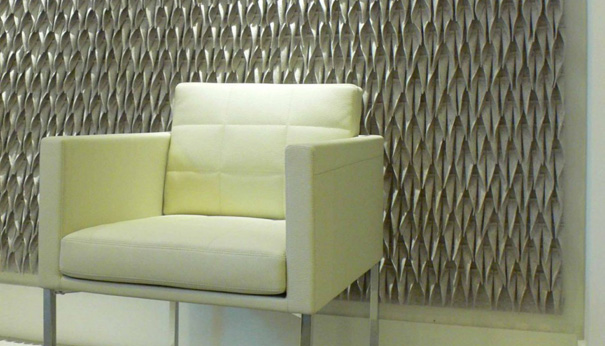
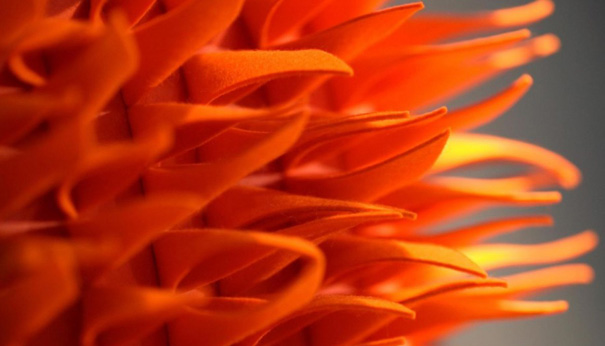

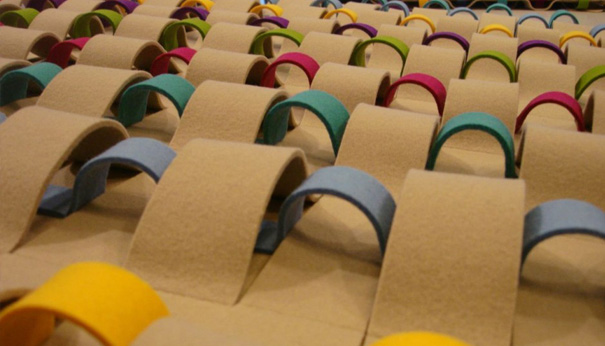
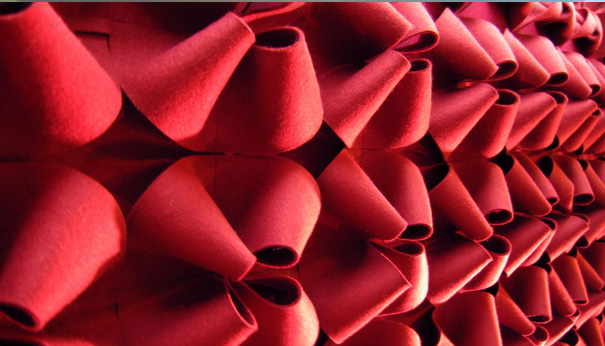
The felt textiles can be fashioned into cushions, throws, table runners, and blinds, but the most inspiring incarnation is as the huge panels gracing the interiors of libraries, hotels, financial offices, and even (no kidding) a Lawn Tennis Association in locales from Chicago to the U.K. to Beijing and beyond. Each of Quinn’s 18 core styles are invested in nature. This means a proliferation of organic shapes that runs the gamut from a wall of puckered lips in white felt tinged with red, to an undulating sea of lavender waves, to a bed of silver snails, to a swaying and shimmering expanse of brilliant orange that could pass for the extremely beautiful and potentially lethal anemone known as fire coral.
Appropriately, Quinn’s designs are made to order. The studio works with architects, contractors, and interior designers to devise customized looks for a given space–an approach that aims to satisfy Quinn’s worthy objective: “to merge twenty-first century design with textures inspired by the natural world” and thus “bridge the gulf between the urban interior and the natural landscape, bringing an elegant, unassuming beauty into everyday life.”
Via Contemporist.

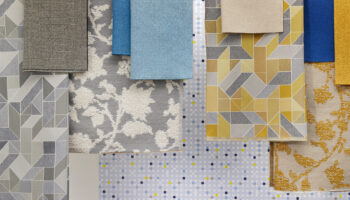
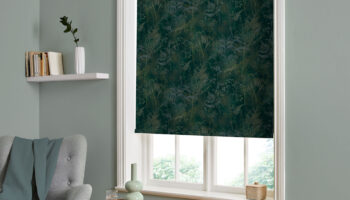
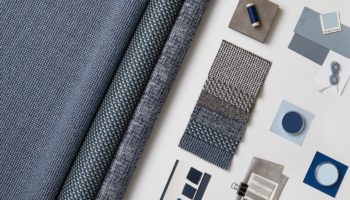

Leave a Reply